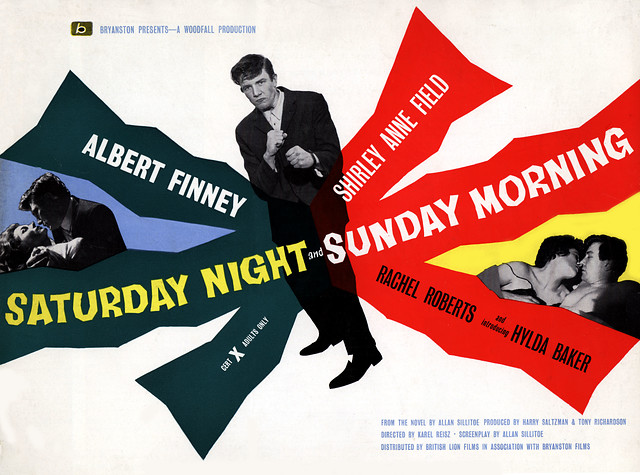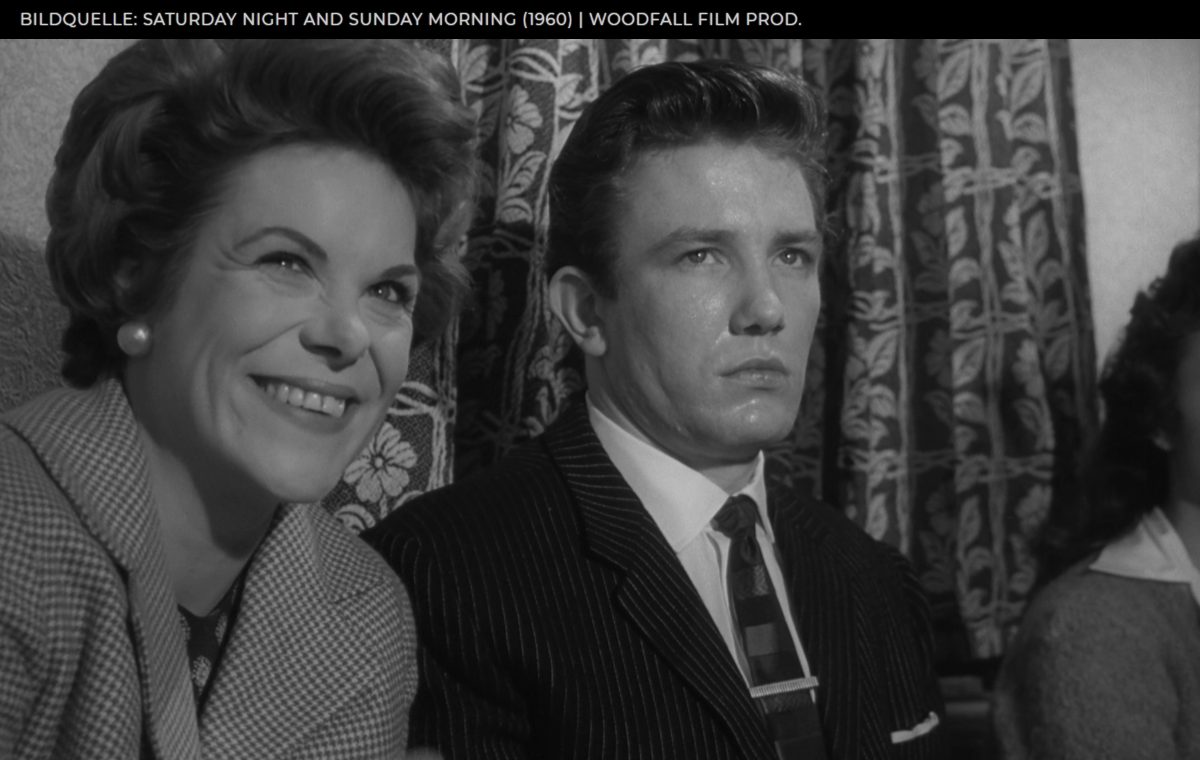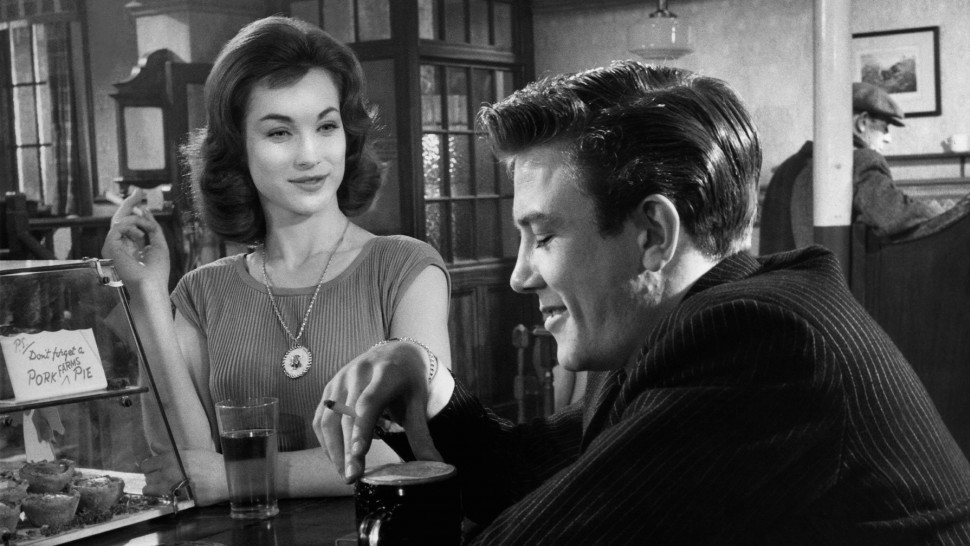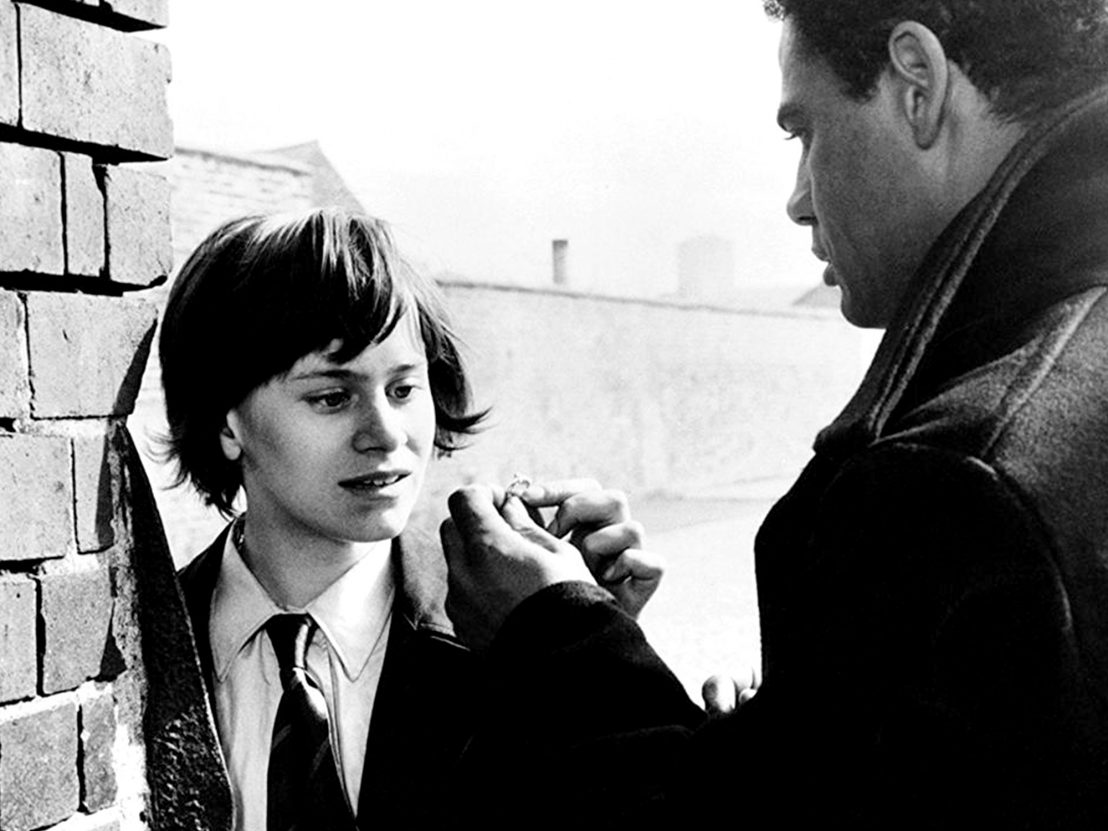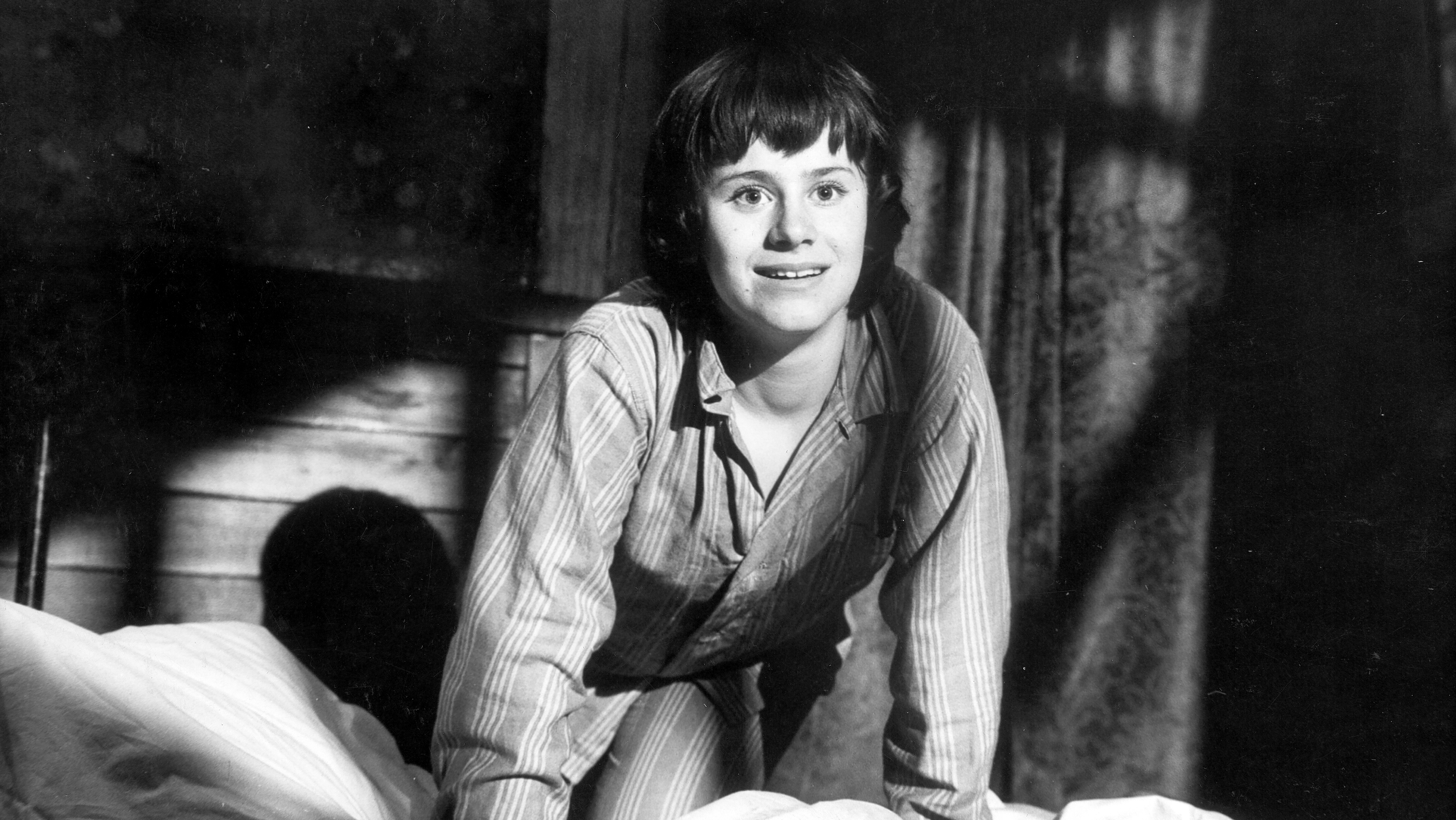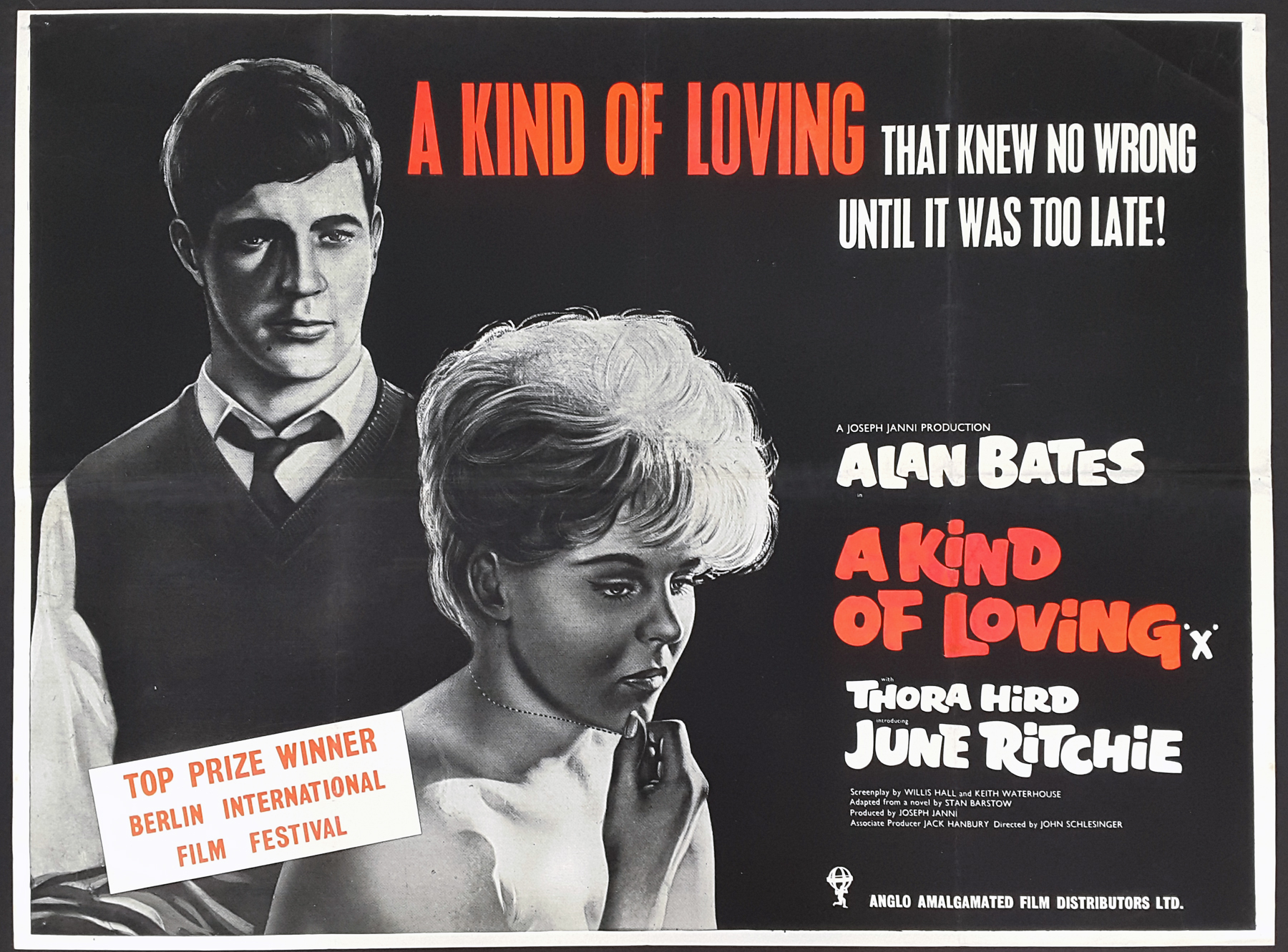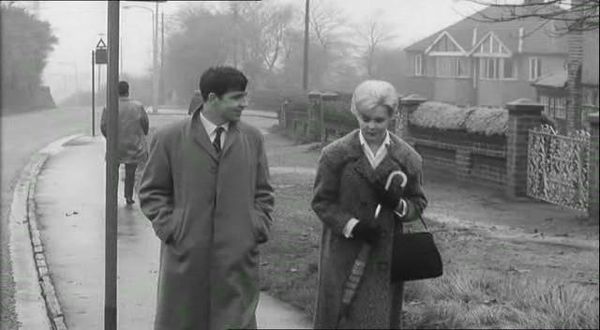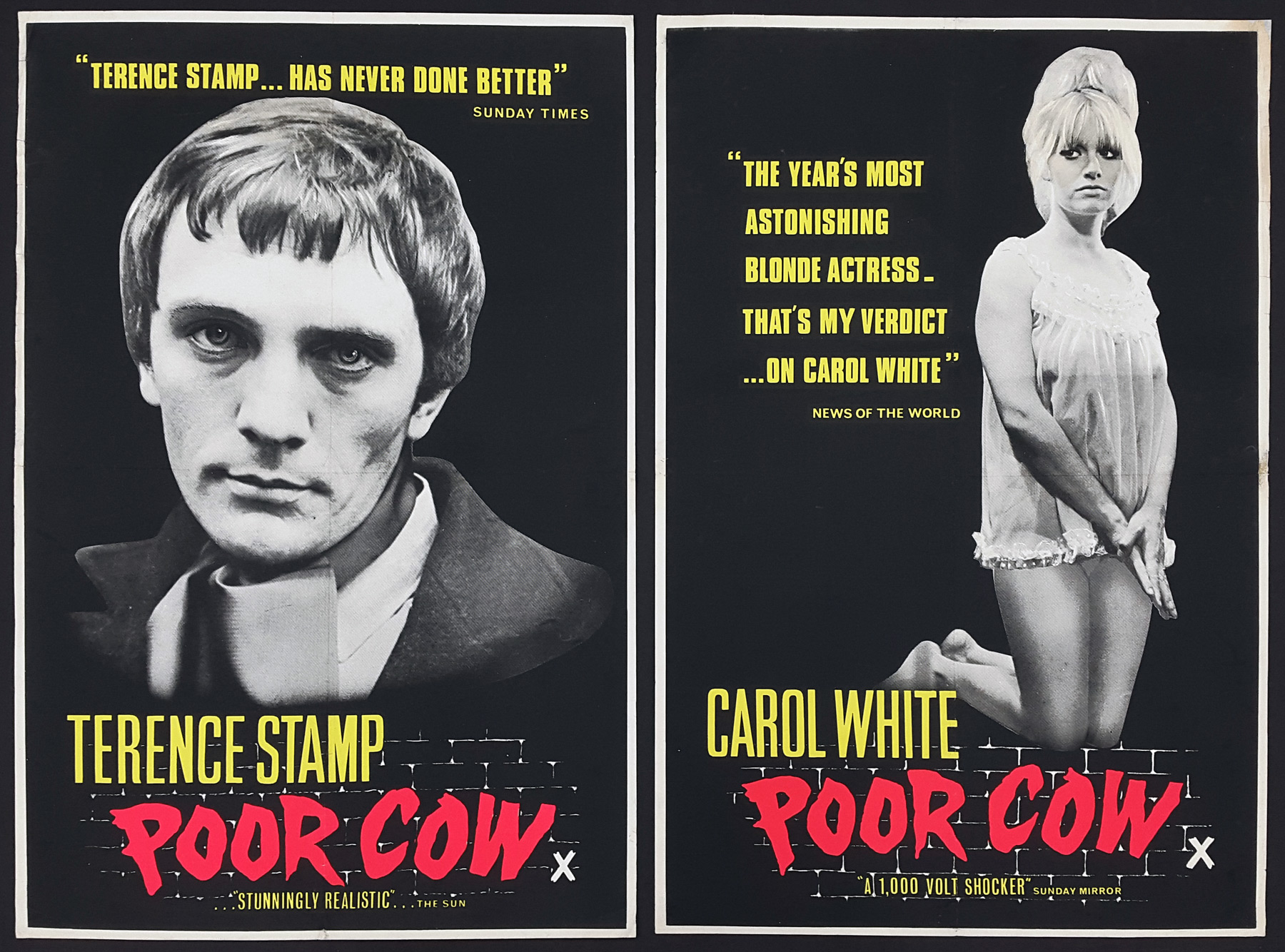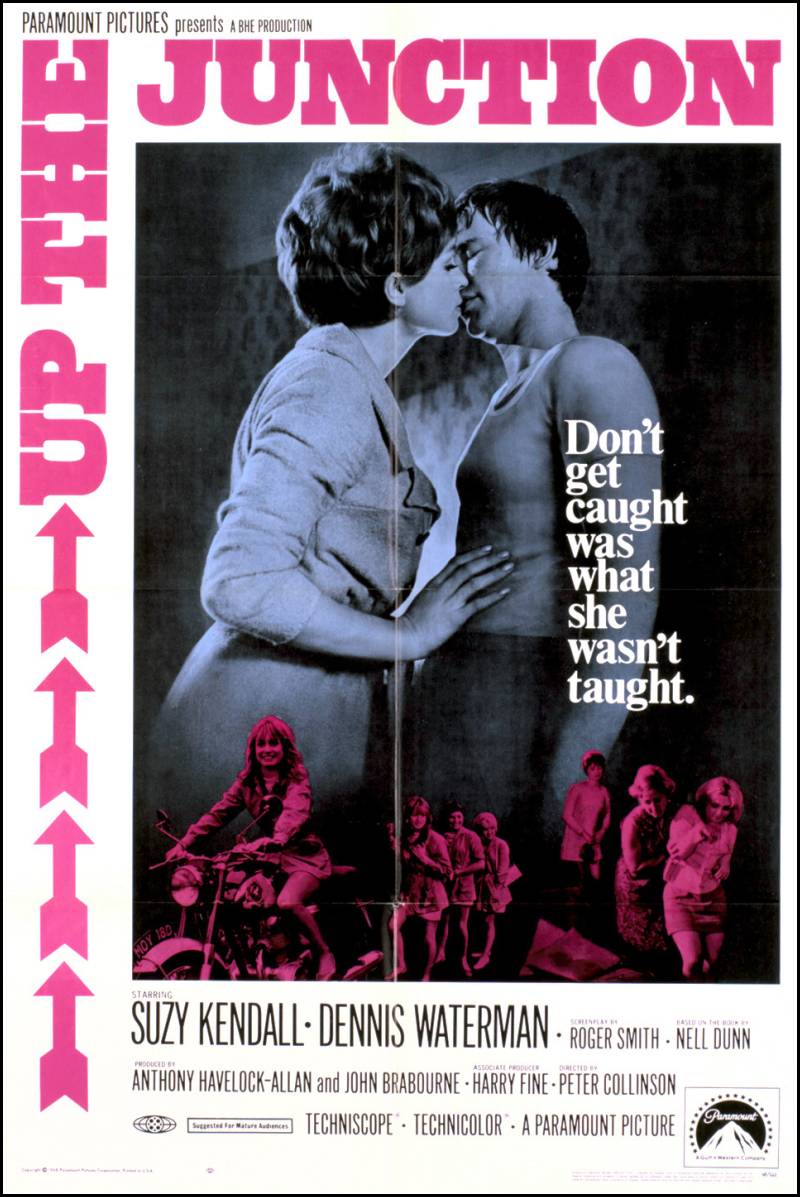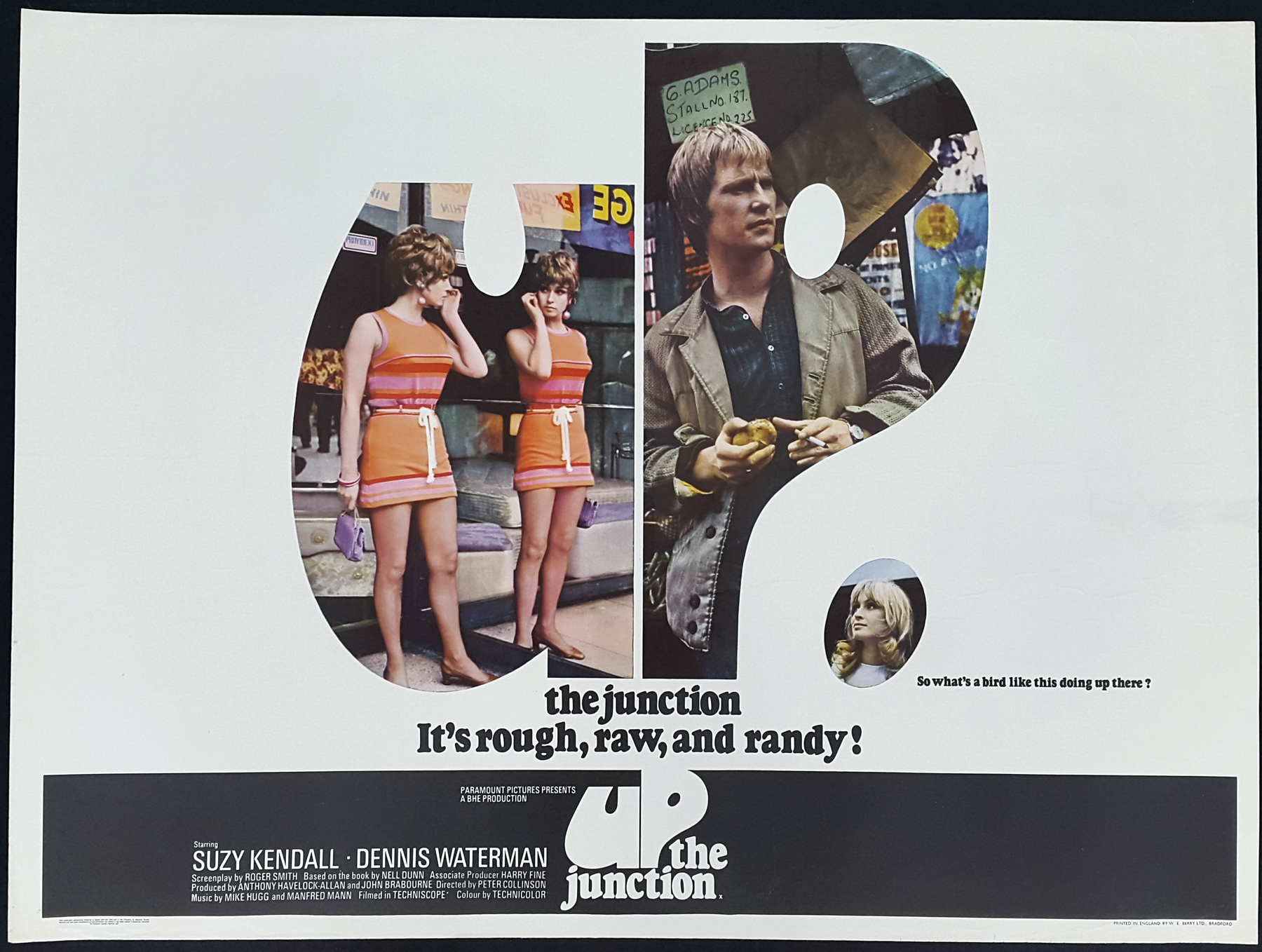"Saturday Night and Sunday Morning" is a 1960 film that is considered a classic example of British kitchen sink cinema. Directed by Karel Reisz and based on the novel by Alan Sillitoe, this film tells the story of Arthur Seaton, a rebellious young factory worker in Nottingham who spends his weekends drinking and having affairs. The film was a critical and commercial success, and is credited with launching the British New Wave movement. "Saturday Night and Sunday Morning" is a must-watch for fans of British kitchen sink cinema and is a great starting point for exploring this genre. "Saturday Night and Sunday Morning"
Another influential film in the British kitchen sink cinema movement is 1961's "A Taste of Honey" , directed by Tony Richardson. The film follows a teenage girl named Jo as she navigates life in a working-class neighborhood in Manchester. Jo's struggles with poverty, racism, and her unconventional family dynamic make for a poignant and thought-provoking story. "A Taste of Honey" is a powerful and emotional film that showcases the raw and gritty realism that is characteristic of this genre. "A Taste of Honey"
Based on the short story by Alan Sillitoe, "The Loneliness of the Long Distance Runner" is a 1962 film directed by Tony Richardson. The film follows Colin Smith, a young rebel who is sent to a juvenile detention center after committing a robbery. While there, he discovers a talent for running and is offered a chance at redemption by competing in a race. This film tackles themes of class struggle, institutionalization, and rebellion, making it a powerful and thought-provoking addition to the British kitchen sink cinema movement. "The Loneliness of the Long Distance Runner"
"This Sporting Life" is a 1963 film directed by Lindsay Anderson and based on the novel by David Storey. The film tells the story of a young coal miner named Frank who becomes a successful rugby player. As he rises to fame, he must navigate the challenges of love, fame, and class struggle. This film is a powerful examination of masculinity and its impact on relationships, and is a must-watch for fans of British kitchen sink cinema. "This Sporting Life"
Another classic British kitchen sink cinema film is 1962's "A Kind of Loving" , directed by John Schlesinger. The film follows Vic, a young man who falls in love with his co-worker Ingrid. As their relationship progresses, they must navigate the challenges of societal expectations and their own personal struggles. "A Kind of Loving" is a raw and emotional film that delves into the complexities of love and relationships in a working-class setting. "A Kind of Loving"
Adapted from the novel by Lynne Reid Banks, "The L-Shaped Room" is a 1962 film directed by Bryan Forbes. The film follows Jane, a young unmarried woman who becomes pregnant and is forced to live in a boarding house for single women. As she navigates life as an unwed mother, she forms a relationship with a struggling writer who lives in the same boarding house. This film tackles issues of gender roles, class, and societal expectations, making it a standout in the British kitchen sink cinema movement. "The L-Shaped Room"
One of the most well-known and celebrated films of the British kitchen sink cinema movement is 1966's "Alfie" , directed by Lewis Gilbert. The film follows Alfie, a charming and carefree womanizer who must come to terms with the consequences of his actions. With its sharp wit and commentary on gender roles and relationships, "Alfie" is a must-watch for fans of this genre. "Alfie"
Based on the novel by Nell Dunn, "Poor Cow" is a 1967 film directed by Ken Loach. The film follows Joy, a young mother who must navigate life as a single parent in a working-class neighborhood. As she struggles to make ends meet, she becomes involved with a variety of men, leading to a series of challenging and emotional experiences. "Poor Cow" is a powerful and emotionally charged film that showcases the struggles and resilience of working-class women. "Poor Cow"
Another noteworthy film in the British kitchen sink cinema movement is 1968's "Up the Junction" , directed by Peter Collinson. The film follows Polly, a young woman who moves from her affluent neighborhood to a working-class area in London. As she adjusts to her new surroundings, she becomes involved with a man from the neighborhood and learns about the struggles and realities of working-class life. "Up the Junction" is a poignant and insightful film that offers a unique perspective on class and social dynamics. "Up the Junction"
Directed by Ken Loach and based on the novel by Barry Hines, "Kes" is a 1969 film that is considered a masterpiece of British kitchen sink cinema. The film tells the story of Billy, a young boy living in a mining town who forms a bond with a kestrel that he trains and cares for. As he faces challenges at home and at school, the bird becomes a symbol of hope and freedom for Billy. With its stunning cinematography and powerful themes of class, education, and hope, "Kes" is a must-watch for anyone interested in exploring the world of British kitchen sink cinema. "Kes"
The Rise of British Kitchen Sink Cinema

The Evolution of House Design in British Films
 The term "kitchen sink cinema" was coined in the late 1950s to describe a new wave of British films that depicted working-class life and domestic struggles in a raw and realistic manner. This sub-genre of British cinema emerged in response to the glamorous and escapist films that were dominating the industry at the time. Instead of showcasing grandiose mansions and lavish lifestyles, these films took a gritty and unflinching look at the everyday lives of ordinary people living in small, cramped homes. This focus on the kitchen sink, a symbol of the heart of the home, gave rise to a new era of house design in British films.
Kitchen Sink Realism
was not just a cinematic movement, but a reflection of the social and cultural changes happening in post-war Britain. The austerity measures and housing shortages of the 1950s had a profound impact on the working-class, who were struggling to make ends meet and provide for their families. This was reflected in the films of the time, which depicted the harsh realities of daily life and the dilapidated state of many homes.
As a result, the house design in these films was far from glamorous. Instead, it was a stark and often bleak portrayal of working-class homes. The kitchen, once seen as a symbol of warmth and comfort, became a symbol of the struggles and hardships faced by the characters. Often, it was a small, cramped space with outdated appliances, peeling wallpaper, and cluttered counters. This was a far cry from the sleek and modern kitchens seen in Hollywood films of the same era.
The
kitchen sink
itself became a powerful symbol in these films. It was a place where the characters could gather and discuss their problems, but it was also a reminder of their limited means and the constant struggle to keep their homes in order. This juxtaposition of the mundane and the profound made for compelling storytelling and gave rise to a new wave of British kitchen sink cinema.
In conclusion, British kitchen sink cinema not only revolutionized the film industry but also had a significant impact on house design. These films brought a sense of realism and authenticity to the silver screen, depicting working-class homes in a way that had never been seen before. The kitchen sink became a symbol of the struggles and resilience of the working-class, and this sub-genre of cinema paved the way for more diverse and honest representations of house design on film.
The term "kitchen sink cinema" was coined in the late 1950s to describe a new wave of British films that depicted working-class life and domestic struggles in a raw and realistic manner. This sub-genre of British cinema emerged in response to the glamorous and escapist films that were dominating the industry at the time. Instead of showcasing grandiose mansions and lavish lifestyles, these films took a gritty and unflinching look at the everyday lives of ordinary people living in small, cramped homes. This focus on the kitchen sink, a symbol of the heart of the home, gave rise to a new era of house design in British films.
Kitchen Sink Realism
was not just a cinematic movement, but a reflection of the social and cultural changes happening in post-war Britain. The austerity measures and housing shortages of the 1950s had a profound impact on the working-class, who were struggling to make ends meet and provide for their families. This was reflected in the films of the time, which depicted the harsh realities of daily life and the dilapidated state of many homes.
As a result, the house design in these films was far from glamorous. Instead, it was a stark and often bleak portrayal of working-class homes. The kitchen, once seen as a symbol of warmth and comfort, became a symbol of the struggles and hardships faced by the characters. Often, it was a small, cramped space with outdated appliances, peeling wallpaper, and cluttered counters. This was a far cry from the sleek and modern kitchens seen in Hollywood films of the same era.
The
kitchen sink
itself became a powerful symbol in these films. It was a place where the characters could gather and discuss their problems, but it was also a reminder of their limited means and the constant struggle to keep their homes in order. This juxtaposition of the mundane and the profound made for compelling storytelling and gave rise to a new wave of British kitchen sink cinema.
In conclusion, British kitchen sink cinema not only revolutionized the film industry but also had a significant impact on house design. These films brought a sense of realism and authenticity to the silver screen, depicting working-class homes in a way that had never been seen before. The kitchen sink became a symbol of the struggles and resilience of the working-class, and this sub-genre of cinema paved the way for more diverse and honest representations of house design on film.






